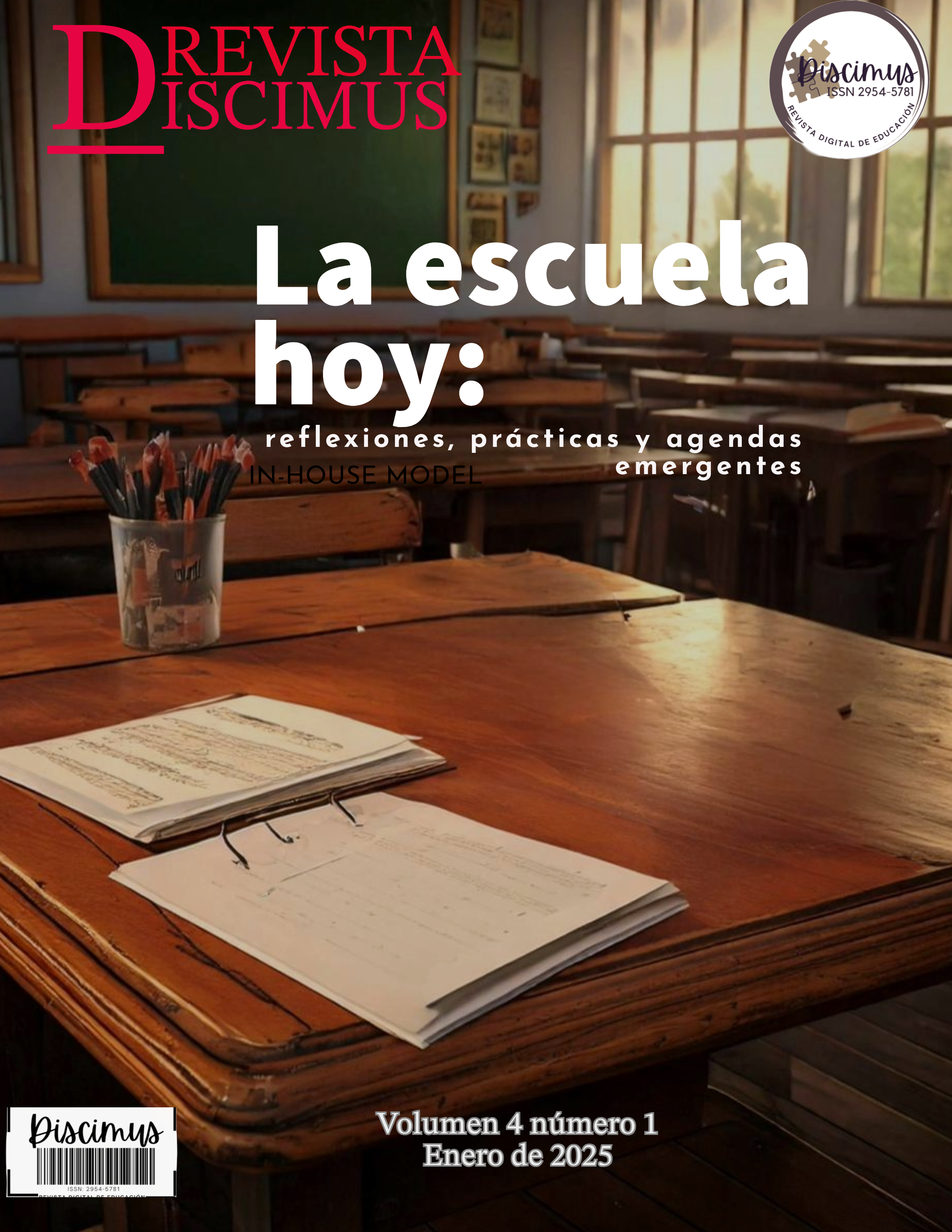Street Visual Art as a Creative and Pedagogical Emergence for Territorial Transformation.Street Visual Art as Cultural Modifiability.
Main Article Content
Abstract
This discussion will focus on showing two relevant aspects to rescue from this research process on the importance of visual street art in the territory, initially to identify the relationship that exists between this kind of expressions with their creative and transforming capacity, their capacity of “cultural modification” through their different practices in the territory and how it becomes a pedagogical process of social learning. And on the other hand, to show part of the methodological approach used to analyze this kind of expressions. The aim is to rescue these two elements as relevant aspects as significant contributions in this experience and in the construction of knowledge about this social phenomenon. In this way, it is possible to demonstrate how street visual expressions generate processes of cultural modifiability, understood as a pedagogical process. The experience of analyzing visual street art as in its creative, transforming, emergent and resistant capacity allows to look for methodologies and new social and community practices that generate transitions in the territories and allow a greater coexistence to achieve the consolidation of peace territories that is only possible through formative and pedagogical processes in society.
Downloads
Article Details
Section

This work is licensed under a Creative Commons Attribution-NonCommercial-ShareAlike 4.0 International License.
Open Access Policy at Discimus Journal
Discimus Journal is committed to the promotion of free circulation of scientific and academic knowledge, simultaneously ensuring appropriate acknowledgment for our authors while adhering to the ethical principles of scientific publishing. In alignment with this goal, Discimus publishes all its articles under the ATTRIBUTION-NONCOMMERCIAL-SHAREALIKE 4.0 INTERNATIONAL CC BY-NC-SA 4.0
How to Cite
References
Adisson, J. (1991). Los placeres de la imaginación y otros ensayos de The Spectator. Madrid: Visor.
Benjamin, W. (1972). Discursos interrumpidos. Filosofía del Arte de la historia, Taurus, Argentina.
Braiditti, R. (2015) Lo Posthumano. Gedisa. Barcelona, España.
Cortes, J. (2008) Cartografías Disidentes. España.
Distrito Grafiti (2024) https://www.bogotadc.travel/es/atractivo/urbano-social/distrito-graffiti-59-198.
Feuerstein, R. & Rand, Y. (1974). Mediated Learning Experiences: An outline of the proximal etiology for differential development of cognitive functions. International Understanding, No. 74. p.p. 7-36.
Garcia, C. (1989) Culturas hibridas, Grijalbo. México. HÉLLER, Hermann. “Teoría del estado”. Fondo de Cultura Económica. México. 1987.
Graffiti Bogotá (2012) Diagnóstico Graffiti Bogotá 2012. Informe Final.
Rivera, S. (2015). Sociología de la imagen Miradas ch’ixi desde la historia andina. Ciudad Autónoma de Buenos Aires.
Guattari, F. (2006) Micropolitica. Cartografías del deseo. Petropolis, 2005.
Guattari, F. (2013) LÍNEAS DE FUGA Por otro mundo de posibles.
Gimeno J Pérez A (1992) Comprender y transformar la enseñanza. Ed Morata. España.
González, B. y León, A. (2013): Procesos cognitivos de la prescripción curricular a la praxis educativa. Revista de Teoría y Didáctica de las Ciencias Sociales. Mérida-Venezuela. ISSN 1316-9505. Enero-Diciembre. Nº 19 49-67.
Lave, J. y Wenger, (2007) El Aprendizaje situado. UNAM. México, 2007, en .El aprendizaje, a través de la mirada de diferentes autores. Irma Graciela Castañeda Ramírez UNAM (2008) Ethos educativo.
Marulanda, A., Mejía, V. y Giraldo, O, T. (2022). El arte callejero como herramienta transformadora para una nueva ciudadanía en Manizales, Colombia. Revista de Arquitectura, 24(2), 50–60.
Ramírez y Rodríguez. (2017) El grafiti como artefacto comunicador de las ciudades: una revisión de literatura. Encuentros vol.15 no.1 Barranquilla Jan./June 2017

